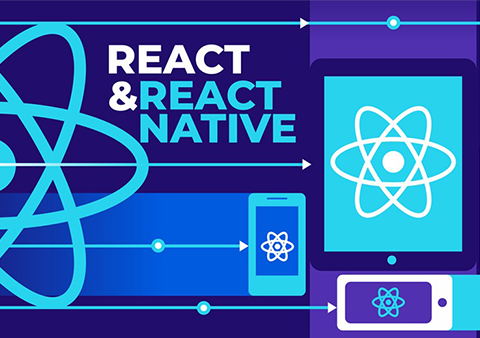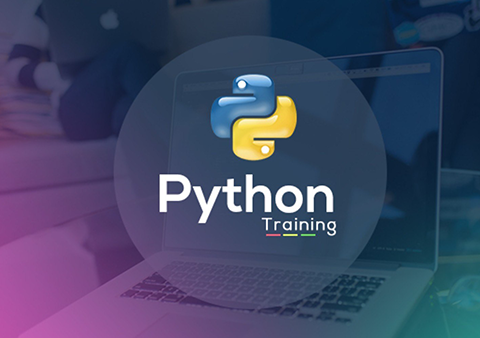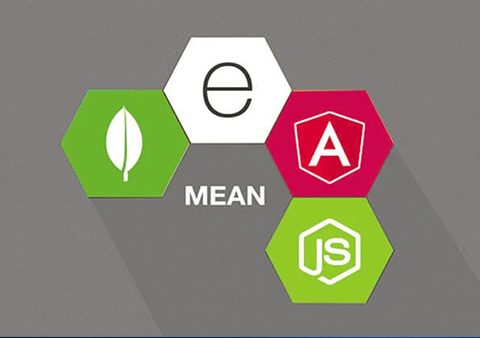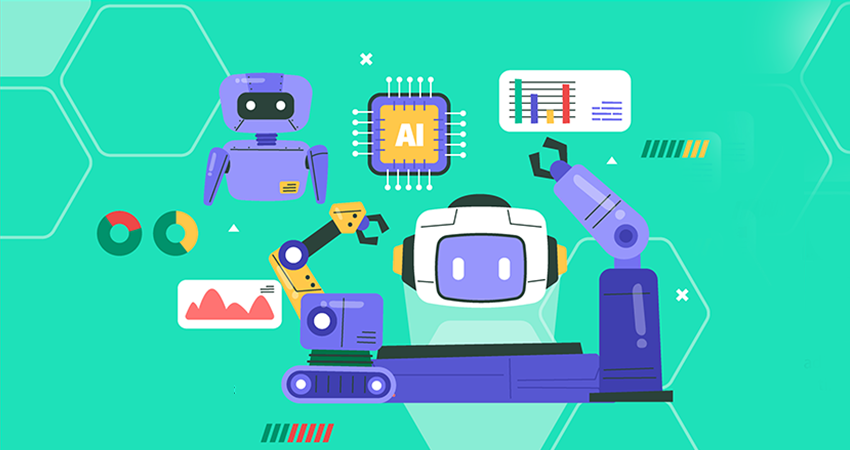Tricky Talks (or TWS Blog)
Empowering minds, shaping tomorrow — your journey starts here.
A Beginner’s Guide to Cloud-Native App Development: What You Need to Know
- Posted By: trickywebsolutions
-
 June 19, 2025
June 19, 2025

Technologies are expanding now like never before, and businesses have to reorient their strategies to align with the current technologies in order to remain competitive. With ever-changing customer demands, delivering quick updates for software applications has become challenging using traditional infrastructure. However, cloud has been one of the demanding technologies in all sectors. Cloud native application development enables professionals to develop applications in a short interval of time with minimal effort. Today, in this guide, we will explore more about cloud based application development and cloud native architecture.
What is Cloud Native Application Development?
A cloud-native application is a program built specifically for a cloud computing architecture. These applications operate and are maintained in the cloud, designed to take advantage of the core features of a cloud-based software delivery model. A native app is software developed for a specific platform or device, whereas cloud-native applications are built to provide a consistent development and automated management experience across public, private, and hybrid cloud environments. Cloud-native applications have a microservices architecture. This structure allocates resources effectively to every single service the application depends on, making it flexible and best appropriate to cloud-based systems.
However, if you are looking for cloud application development solutions, you can visit TrickyWebsolutions, known for offering the best cloud application development services.
Cloud Native Application Architecture
Cloud native architecture is a distinct approach to software development specifically designed to make the most of the cloud computing model. It merges software development principles with DevOps practices and cloud service processes. It abstracts all IT layers, including servers, networking, data centers, operating systems, and firewalls. This approach allows businesses to build applications as loosely connected services using a microservices architecture and run them on dynamically orchestrated platforms. Applications developed with cloud native application architecture are reliable, offer scalability and performance, and support faster time to market. Various attributes that make up cloud native architecture are:
Microservices
These are mini, individual software units that function independently to build complete cloud-native applications. Each microservice addresses one specific, small task. They are loosely coupled software elements that operate separately but communicate with each other.
Containers
Containers are the lightest computing units in a cloud-native application. In cloud-native applications, they bundle the microservice code along with everything needed. By using containers for microservices, cloud-native applications can run on any hardware or operating system.
Continuous Delivery (CD)
Continuous delivery (CD) is a software development practice that aligns with cloud native architecture. Using continuous delivery, teams can consistently keep microservices prepared for deployment in the cloud environment.
DevOps
This is a methodology that encourages improved cooperation between the dev team and operations teams. It follows a design approach that aligns with cloud-native architecture. By applying DevOps practices, organizations can reduce the software development lifecycle.
Benefits of Cloud Native Applications
There are numerous benefits of cloud native applications, out of which we have listed some below:
Low expenses
Cloud-native applications allow businesses to utilize the scalability of cloud services, removing the need for overprovisioning costs. They also help organizations skip the expenses of buying and maintaining on-site hardware and software.
Increased flexibility
Microservices used in cloud-native applications are able to scale independently, allowing some aspects of a computer program to be modified quickly without modifying the entire application. They provide a scalable network implementation and are simpler to upgrade.
Transferability
As cloud-native applications are easily movable across various infrastructures, businesses don’t have to depend on a single vendor’s services anymore.
Improved dependability
With containers and cloud-native applications, even if one microservice fails, the application can still function with minimal downtime.
Automated management
Cloud-native applications use automation to roll out features and updates, making tasks easier for IT teams.
Clear visibility
The separation in microservice architecture helps IT teams better understand how different parts of the application interact.
Immense scalability
Cloud-native applications utilize software-defined infrastructure to reduce reliance on hardware, allowing the addition of standard servers for horizontal scaling.
Zero downtime
Orchestration tools such as Kubernetes allow cloud-native applications to be updated with minimal to no interruption.
Cloud Native Applications
Take a look at a few of the popular examples of the cloud native applications that you must have come across at least once:
Spotify
You must have heard about this app or used it in your daily life, as it is one of the well-known music streaming platforms. It takes advantage of container orchestration and cloud services to handle a music catalog. It also enables the app to support millions of devices at the same time. The Spotify app scales as needed using cloud-native technologies.
Netflix
This video streaming service is a classic case of cloud native development, constructed from microservices and taking advantage of Docker for containerization and Kubernetes for orchestration. Cloud-native deployment enables them to scale infrastructure with ease and deploy product updates quickly.
Airbnb
In the hospitality and accommodation services space, Airbnb stands out. Backend infrastructure in Airbnb guarantees resilience and agility by leveraging Amazon Web Services (AWS) capabilities. AWS supports the infrastructure of Airbnb’s mobile app and website, offering seamless scalability and efficient management of payments and reservations.
How are Cloud Native Apps Developed?
Developers make use of different tools to simplify the cloud native application development procedure. Kubernetes is an environment used for managing and orchestrating Linux containers. GitLab is a version control system and contains CI/CD features that help in automating the deployment and testing procedure. Several programming languages are used to create live microservices. Terraform, which is an infrastructure-as-code supporting tool, manages deployment versions so that developers can see where and when the changes in resources happen.
Challenges Faced with Cloud Native Applications
While cloud native application development provides several benefits, it also has some limitations. It’s important to consider every factor before choosing any cloud native strategy.
Dependency
A key challenge with these applications is that they fully depend on the cloud infrastructure. This means your apps are influenced by the cloud services lifecycle, which can lead to downtime and compatibility problems.
Security
As cloud native apps are decentralized in nature, they can be more risky in terms of security—having one vulnerability puts your data at risk. Because of this, additional security protocols like network segmentation and encryption are needed.
Complexity
It’s a complex task to build, deploy, and then handle cloud native apps and requires expertise to manage and corporate with containers and microservices.
Vendor Lock-in
As cloud-native applications depend on a given tech stack or cloud provider, being flexible and portable is challenging. This limits how easily your application can change or migrate. Choosing open-source ones can assist with this challenge.











